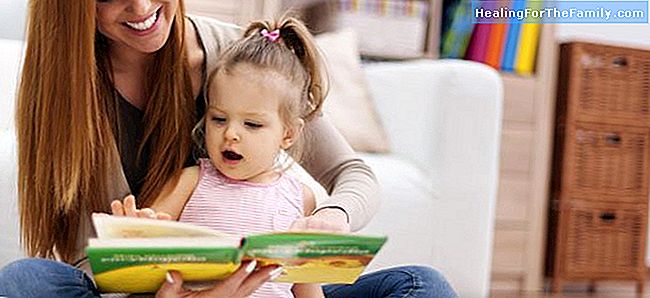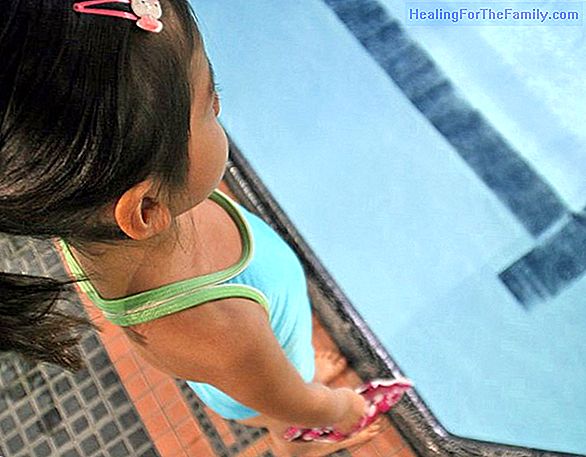When the child does not like to read
When the child is very small, between 1 and 3 years old, reading is a game of three players: dad or mom, the child and the story. The adult is the voice of the stories, the bridge between the child and the book or magazine that both have opened together. The adult has to be patient and repeat this g
When the child is very small, between 1 and 3 years old, reading is a game of three players: dad or mom, the child and the story. The adult is the voice of the stories, the bridge between the child and the book or magazine that both have opened together. The adult has to be patient and repeat this game one day and another patiently and without forcing the child.
At first, the child will not spontaneously approach the adult with the story in hand, but will do so. And even to obsess over a specific story, which is his favorite and never tires! It is a matter of repeating, of having patience, of being available exclusively for that little bit of reading-game, of choosing the book or the magazine well and of never forcing the child. In summary: you have to fascinate the little. And it is possible We should not give up when the child does not like to read.
What happens when a child does not like to read?

When the child is learning to read, we must bear in mind that he will be motivated: the reader's apprentice practices reading the texts of the hyper bags or the posters he sees on the street. But you also have to keep in mind that it makes a great effort. So the adult must still accompany him to relieve him in reading when he gets tired and to applaud his achievements. You have to look, of course, for books or magazines that you like. Not too long, varied and with a letter that facilitates autonomous reading. And we must not forget the themes: the story must involve the child, reach him in some way. It is about reading and that what you read leaves a good taste in your mouth and more desire to continue reading.
When the child already knows how to read and is perfecting the mechanical and comprehensive reading, it is necessary to facilitate the autonomous reading. You have to get him to read on his own, without the adult. One key is to make the task easier: to offer varied stories, not very long ones, structured in a way that allows you to stop reading when you get tired and resume reading easily. Find books or magazines with a comfortable typeface to read. And never give up the illustrations! At this crucial moment, the photos and drawings are a support: they complement the text, in some cases they clarify it and they are a rest for the eyes. The objective: to make sure that the effort does not discourage you and that the effort has the reward, that is, that you enjoy reading.
By the way: are parents sure that the child sees well? And what about the subject? The reader may be bored by the dinosaurs, but the buildings will excite him. His tastes and his personality have a determining weight when it comes to choosing a reading for him.












